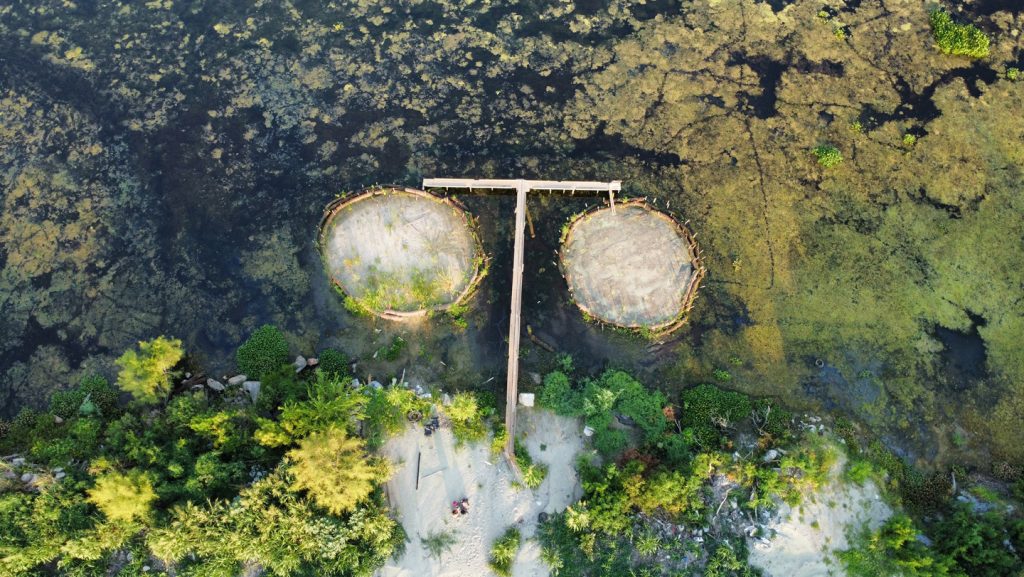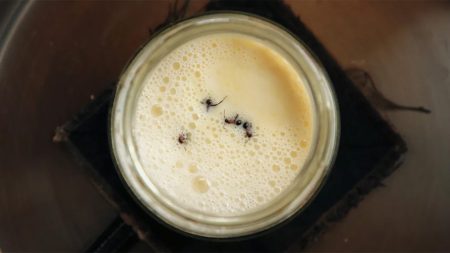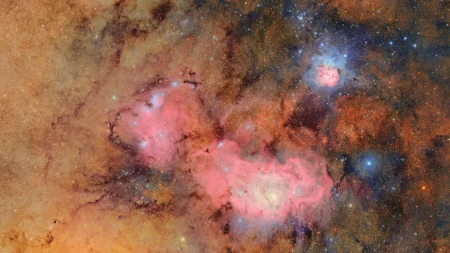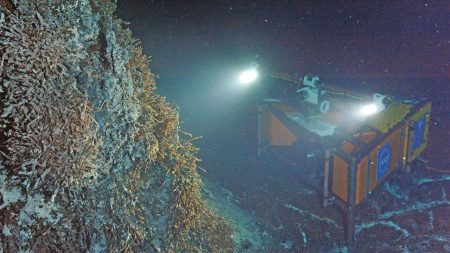Restoring Coastal Ecosystems with Recycled Glass: A Promising Innovation
In the 1960s, the once-thriving swampland of Bayou Bienvenue in southeast Louisiana fell victim to saltwater intrusion, devastating the native cypress and tupelo trees that had defined this ecosystem for generations. Today, this area has become a living laboratory for innovative coastal restoration approaches that could help protect vulnerable communities from increasingly powerful hurricanes while simultaneously addressing waste management challenges.
At the heart of this restoration effort sits a remarkable 10-meter-diameter artificial island constructed from an unconventional mixture—recycled glass ground into sand and combined with Mississippi River sediment. Nearby, a control island made solely of sediment allows scientists to conduct comparative studies on plant growth and ecosystem development. This pioneering project, spearheaded by community ecologist Sunshine Van Bael from Tulane University in collaboration with Glass Half Full, a Louisiana-based glass recycling company, seeks to determine whether glass sand mixtures could serve as a viable alternative material for coastal ecosystem restoration projects facing resource limitations.
The urgency of such innovation cannot be overstated. As climate change accelerates sea level rise and coastal erosion, wetlands, salt marshes, and mangrove forests—natural systems that function as critical buffers between powerful storms and inland communities—are increasingly threatened. Traditional restoration approaches typically rely on dredged sediments, which pose two significant challenges: limited availability and potential ecological disruption to surrounding habitats during extraction. The glass sand solution addresses both issues while simultaneously tackling waste management concerns, as millions of metric tons of glass currently end up in landfills annually rather than being recycled and repurposed.
The research findings thus far are encouraging. In controlled greenhouse studies published in Restoration Ecology throughout the year, plants grown in mixtures of glass sand and sediment demonstrated survival rates comparable to those grown in purely natural substrates. Van Bael’s team specifically examined wetland plants, including various grasses and trees, cultivating them in five-gallon buckets containing either Mississippi River sediment, glass sand, or an even mixture of both, with the glass ground to different sizes. Plants grown in coarse-grind glass-sediment mixtures performed as well as those grown exclusively in sediment. Similarly promising results emerged from another study focusing on salt marsh grasses native to Mississippi, with one species, saltmeadow hay (Sporobolus pumilus), even thriving in a mixture containing 75 percent glass sand.
Christine Whitcraft, a wetland ecologist at California State University, Long Beach, who wasn’t involved in this research, acknowledges the promise these studies hold. Additional research with sand dune plants and mangroves has also yielded positive outcomes, though with some nuances. Studies from the University of the Virgin Islands suggest that mangroves’ success in glass sand environments might be species-specific, while Van Bael observed less robust root development in mangroves grown in glass sand mixtures compared to those in dredged sediment. These findings underscore the importance of location-specific studies to determine optimal glass grind sizes and mixture ratios for different coastal environments.
The vision behind this innovative approach came from Glass Half Full co-founders Franziska Trautmann and Max Steitz, who established their recycling operation in 2020 when Louisiana had virtually no glass recycling facilities. Their partnership with Tulane University scientists has transformed discarded glass into a potentially valuable resource for environmental restoration. Over the next five years, Van Bael and her colleagues will continue monitoring the experimental islands in Bayou Bienvenue, with plans to construct two additional islands for further study. As coastal communities worldwide face intensifying climate threats, this creative fusion of waste management and ecosystem restoration offers a glimpse of how innovative thinking can help address complex environmental challenges while building more resilient landscapes.















